How to Get Rid Of Wild Violets When They Take Over Your Lawn

By Sharon Brandwein
As the old saying goes, one man's trash is another man's treasure, and nowhere is this more true than in the case of wild violets. While some see wild violets as a quick-growing groundcover that leaves their yards awash in purple flowers, others see them as an invasive weed that detracts from the beauty of a lush green lawn. And while some folks see wild violets as a bright addition to their summer salad or a cure for what ails them, others see them as a nuisance that must be dealt with. If you fall into the latter category, rest assured that you're not alone. There are plenty of folks who prefer not to let their beautiful lawns fall prey to a bully wearing purple.
If you’re looking for ways to get rid of wild violets in your yard, you’ve come to the right place. Ahead, this guide walks you through how to get rid of wild violets, plus we offer some tips to help you keep them from coming back.
Photo via Shutterstock
What Are Wild Violets?
Wild violets are low-growing, broadleaf perennial weeds closely related to violas and pansies. These weeds have five petals and purple flowers (although they can be white or yellow), and while they may look quite delicate, the plant itself is pretty robust. So much so that if left unchecked, wild violets can take over an entire lawn in just a few seasons. Once wild violets take hold of a lawn, controlling or killing them is no easy task. In fact, eradicating wild violets can take years If they're not stopped in their tracks early enough.
Wild violets typically grow in shady, moist soil, and full-grown plants can grow anywhere from 4 to 6 inches high. Wild violets flower in the early spring, and pollinators absolutely love their flowers. The reason why wild violets spread so quickly is that they are cleistogamous, meaning they can self-pollinate and produce seeds (even if they haven't been pollinated by insects). Once they get going, it's pretty hard to stop them.
While rapid growth is one problem that homeowners face with wild violets, the other issue is that the leaves of wild violets have a waxy coating which causes herbicides to run off the plants before they can have an effect. The best workaround for this is to add a surfactant to the herbicide so it can stick to the plants or weed long enough to kill it.
How to Get Rid of Wild Violets with Horticultural Vinegar
The most effective way to get rid of wild violets is by dousing them in horticultural vinegar. While this solution is excellent for getting rid of wild violets, it's important to know that horticultural vinegar is a non-selective herbicide, so it will kill your nearby grass if you're not careful. So, when spraying your herbicide on the wild violets, be sure to use a sprayer and do your best to only soak the weed.
Tools and Materials Needed:
- Horticultural vinegar (~25 ounces)
- Water
- Dish soap
- Large bucket for mixing
- Spray bottle
Step 1: Mix the Herbicide
Start by mixing about 25 ounces of horticultural vinegar with 1 gallon of water in a bucket. Remember that for this to be effective, you will need to add one teaspoon of a surfactant—dish soap works well—for every gallon of water to your herbicide. When your mixture is ready, transfer a portion of it to a spray bottle for easy application.
Step 2: Spray the Wild Violets
Use your herbicide to spot treat the wild violets, making sure to wet all the leaves thoroughly. Also, when spraying the wild violets, take extra care to avoid getting the herbicide on your skin or breathing in the mist.
Step 3: Observe and Repeat If Necessary
If your herbicide was successful, then the wild violets on your lawn should begin to turn brown and die over the course of about two to three weeks. If you find that the wild violets are still alive, you may need to repeat the process again.
Disposing of Wild Violets
Photo via Carasia Landscaping
How to Get Rid of Wild Violets by Hand
Pulling weeds by hand may be tedious, but avid home gardeners will tell you that it's pretty effective. Cutting it off at the source (aka the root) is an excellent way to get rid of wild violets.
Tools and Materials Needed
- Garden hose (if needed)
- Gardening gloves
- Garden hose
- Garden fork
- Trash bags
Step 1: Moisten the Soil
To make hand pulling a bit easier, you'll want to saturate the area where you'll be working with the garden hose or think about pulling the wild violets after it rains. If you're using the garden hose to saturate the soil, spray the area, and wait about half an hour for the soil to soften up before you begin pulling the weeds.
Step 2: Get a Grip
Once the soil is sufficiently moist and soft, use gloved hands to grasp the wild violets near the base of the stem and pull them straight up and out. You may want to take your time with the step so that you can come away with the whole root and don't inadvertently leave anything behind.
If the wild violets are giving you a little pushback, you could use a garden fork to loosen up the soil around the root system. This will ultimately allow you to pull the whole thing up without leaving any broken pieces in the soil.
Step 3: Bag the Weeds and Discard
If you're pulling the wild violets by hand, then chances are they're relatively healthy, so be sure that you don't toss these bundles of weeds around your yard. Doing so will only make them proliferate somewhere else, and you'll be repeating this task a few weeks from now in other areas of your yard. Instead, bag the weeds you pulled and throw them in the trash.
How to Prevent Wild Violets from Growing
Once you get rid of wild violets on your lawn, your next concern should be keeping them from coming back. Here are a few tips for keeping wild violets under control.
Mulch the Area
While spraying your wild violets with herbicide is a good first step, it's not the only step in treating this pervasive weed. Once you spray the wild violets and pull the dead weeds out of the ground, it's probably a good idea to mulch the area with two to three inches of wood chips or some other type of mulch. By adding plenty of mulch to the wild violets growing space, you're essentially smothering any small bits of the plants that may have been left in the soil and discouraging any future growth.
Maintain Your Lawn
Proper lawn care is the key to keeping wild violets away. Healthy lawns and a healthy garden will make it difficult for wild violet seeds to establish themselves and spread their roots. Be sure to mow to one-third of the grass blades and water periodically, especially in times of drought.
Prune Strategically
Remember that wild violets thrive in shady areas, so think about trimming the trees and overgrown shrubs where you can. This will ultimately allow more sunlight to hit those patches where wild violets tend to pop up.
Check Your Drainage
Moist soil is also pretty attractive to wild violets, so take a look around your lawn and make drainage improvements where you can. It might also be a good idea to aerate your soil and add some coarse organic material like sawdust, sand, or gypsum to areas where drainage may be an issue.
Possible Benefits of Wild Violets
While wild violets are often seen as a nuisance, there are some good reasons to keep them around. Here’s a closer look.
Benefits of Wild Violets In Your Lawn
For some folks, wild violets are a welcome addition to their landscape, and they choose not to interfere. You may want to let wild violets grow on your lawn because:
- They attract pollinators, particularly bees.
- They make a good ground cover for areas where the lawn isn’t thick, green, and lush.
- If there are native species, then they’re likely beneficial to the biodiversity of the area.
- You won’t have to use chemicals or herbicides around your home and on your lawn.
Medicinal Uses For Wild Violets
It’s also worth noting that the flowers and stems of wild violets are safe to eat, and the plant itself is rich in vitamins A and C. Moreover, wild violets have a long history of medicinal uses.
These edible flowers are teeming with antioxidant and anti-inflammatory properties, and they are a known blood cleanser. Wild violets are also great for coughs and colds, and Native Americans often used them to treat headaches. If that weren’t plenty, wild violet tea can help with sleep, and wild violets can also be used for topical treatment of common skin conditions like eczema, dry skin, and bug bites.
Have you faced wild violets on your lawn? Did you decide to keep them or get rid of them? Let us know in the comments below!



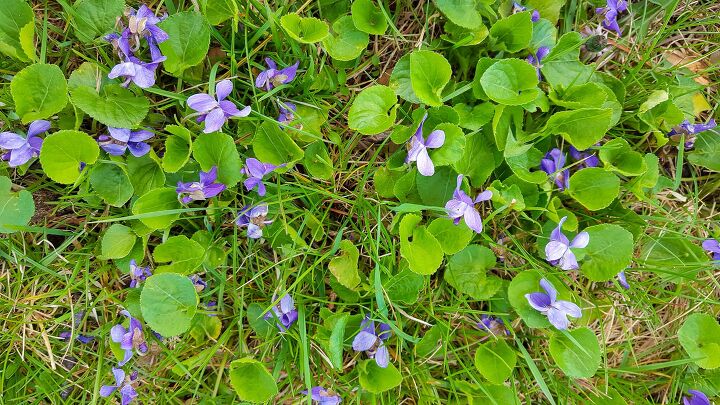


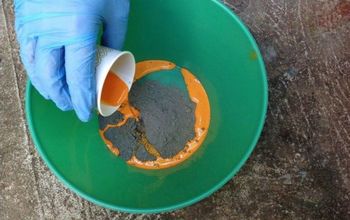

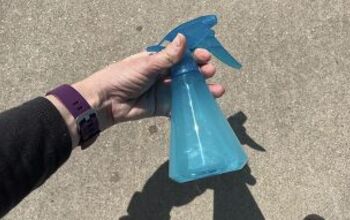
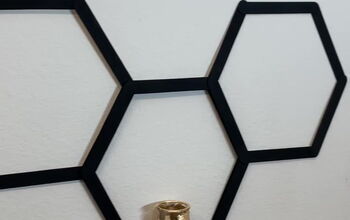














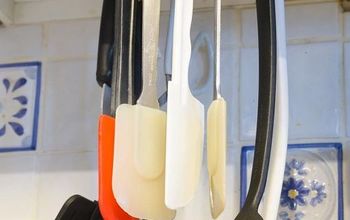
Frequently asked questions
Have a question about this project?